“The Crucible”: A Deeper Insight of Humanity
How the Play Describes the Impact of Social Stigmas
“The Crucible” is an insightful story that provides an interesting perspective on the Salem Witch Trials. It closely follows a cynical theme and understanding of the Trials in order to highlight the harm that comes from such hysteria.
December 17, 2020
Recently, I finished reading “The Crucible” by Arthur Miller in my English class. Initially, I was reluctant to indulge, and for good reasons at that. The play revolves around the Salem Witch Trials during the late 1600s. It goes into depth about the significance of the Trials and their deep impact on society and its people. It also showed the best and worst of humanity.
The play is centered around the people (more specifically puritans) of Salem, Massachusetts who are amidst a great social crisis: the existence of witches. When a person goes against traditional puritan values, they are thought to be “witches” or more realistically speaking, evil-doers, which is what the story discusses. It is mainly about a man by the name of John Proctor, a once well-respected man whose infidelity now threatens his reputation. Alongside Proctor, there is Abigail Williams, a young girl who plays a rather important role in the story, and is shown as an accuser who has great confidence in her intuition.
What I found most interesting about these characters was the amount of depth to them. The play did a phenomenal job of highlighting the strengths and weaknesses of every character, and that reinforces the historical significance of the Witch Trials. By portraying every character as imperfect, Miller accurately describes the harsh reality of the Salem Witch Trials and asserts that these characters were, in fact, real people.
Throughout the play, I noticed that it was very heavy on the negative human qualities. It demonstrated how people would abandon logic and succumb to their fear, and how that fear would force them to commit unethical actions, like condemning someone to death, or how manipulative people can get during those hysterical times. Initially, I resented the dark undertone the story gave off, especially since the Trials are one of the most gruesome historical events that have long-lasting effects to this day. However, as I progressed through the play, the dark undertone made a lot of sense, since its purpose was to highlight the macabre details of the Trials.
After we finished reading the play, my class and I participated in a Socratic seminar, in which we were to answer questions regarding the play, its themes and the characters. Hearing some of the responses to those questions, I got a better understanding of, not just the play, but the Witch Trials themselves: the Salem Witch Trials were an example of what happens when we let our emotions cloud our judgment. None of the people were actually at fault, because it was just fear that took over them.
Another thing I noticed was that selfishness was justified. This is one of the larger themes in this book, as many of the characters are seen accusing others just to protect themselves. At one point, when they were required to confess to witchcraft, a lot of the characters opted for death over confession just to protect their name. This is another fact that Miller was using to further emphasize the dark and cynical message of his play: that humans are selfish and will not think twice before condemning someone. The way I see it though is that those people were just trying to protect themselves. If someone was going to rat you out, then why waste time on being humble?
The Salem Witch Trials were one of history’s most dark events, and I think “The Crucible” did an excellent portrayal of this. However, I think there was a lot more to the Witch Trials than my prior knowledge suggested, as “The Crucible” had a lot to analyze about society and people. For one, the whole event was just a big example of how social stigma and fear can affect our judgment and other people. In the end, no one was the villain in “The Crucible,” as everyone had their reasons for behaving the way they did. However, no one had a good conscience either, as all the characters had some secret that threatened their reputation and their lives as a result.


![On March 20, the theatre program performed their UIL One Act play Frankenstein. “I could barely believe what I heard after [it was] announced that we were advancing,” freshman Zack Williams said. “It was crazy. Being one of the only freshmen in the show and also [being] a lead definitely put pressure on my shoulders. I knew that the only thing I could do was my best, but that was until I started to think what if my best was not enough? I was feeling like I could never amount to being what [everyone else] thought I was. Although, after hearing that announcement, I realized that maybe I have something going for me after all.”
Photo courtesy of Cayden Bartolo](https://cphswolfpack.com/wp-content/uploads/2024/04/Capture.png)






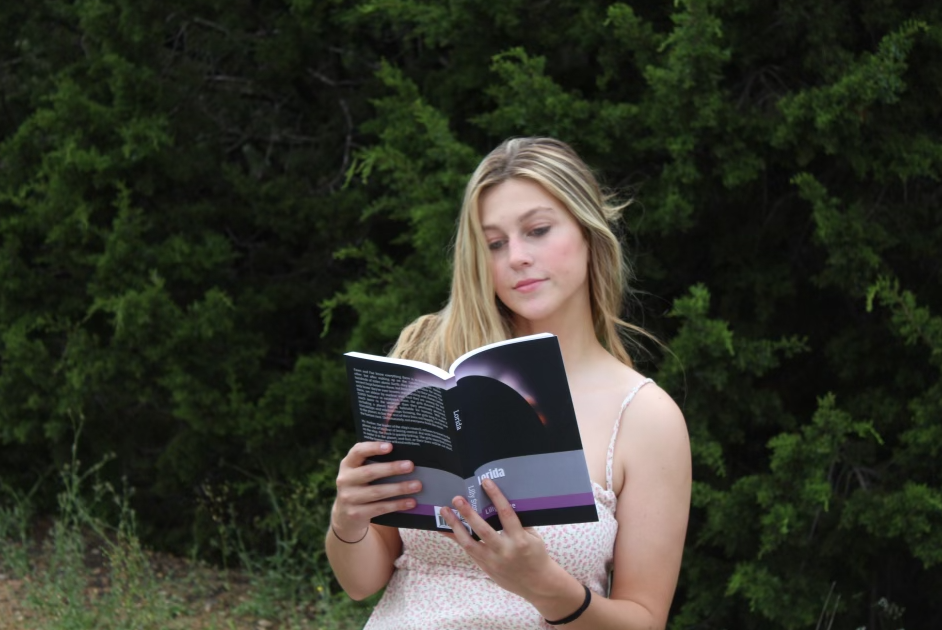

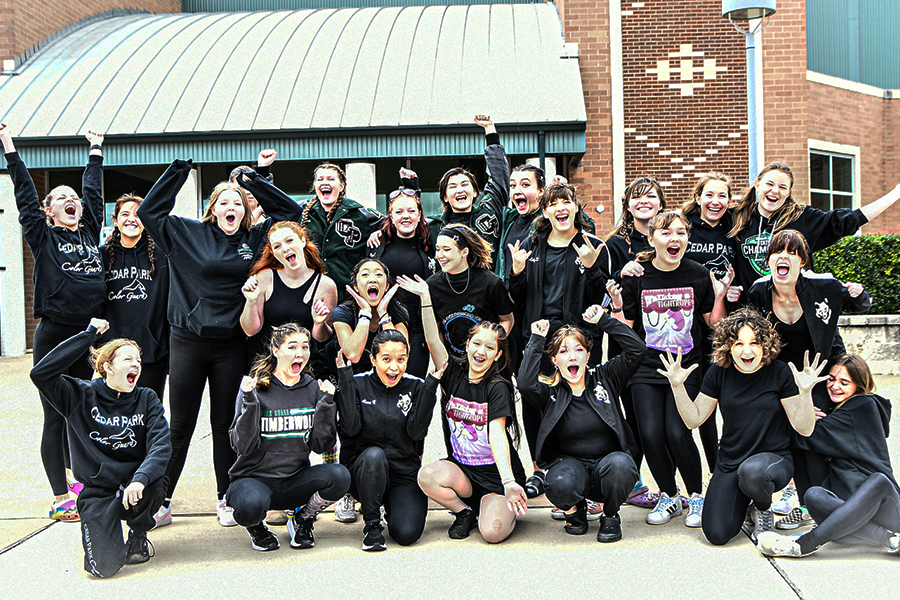



![Parking Lot Attendant Alan Gallagher poses next to his sign notifying that students can no longer purchase parking passes. Students without passes will not be able to park in the school parking lot, and if they do, AP’s will be notified. ““[When I catch people skipping] I notify the students AP and from there Im not sure what happens,” Gallagher said. “[I can also stop people for] speeding through the parking lot [since] the speed limit is 10 mph on campus.”](https://cphswolfpack.com/wp-content/uploads/2024/05/Heidi-1-1200x800.jpg)




![Catching a ball, junior Alivia Robinson plays at the Cedar Park vs Glenn game. Having played since she was 5 years old, she is dedicated to softball and has committed to UTPB for softball. “When I got my offer it took me a very long time to decide where,” Robinson said. “Softball has always been my dream for college, and UTPB is my fit. When [I committed] I knew I was going to be loved and supported.”](https://cphswolfpack.com/wp-content/uploads/2024/04/Lilly-Adams-3.13aliviaedit-901.jpg)

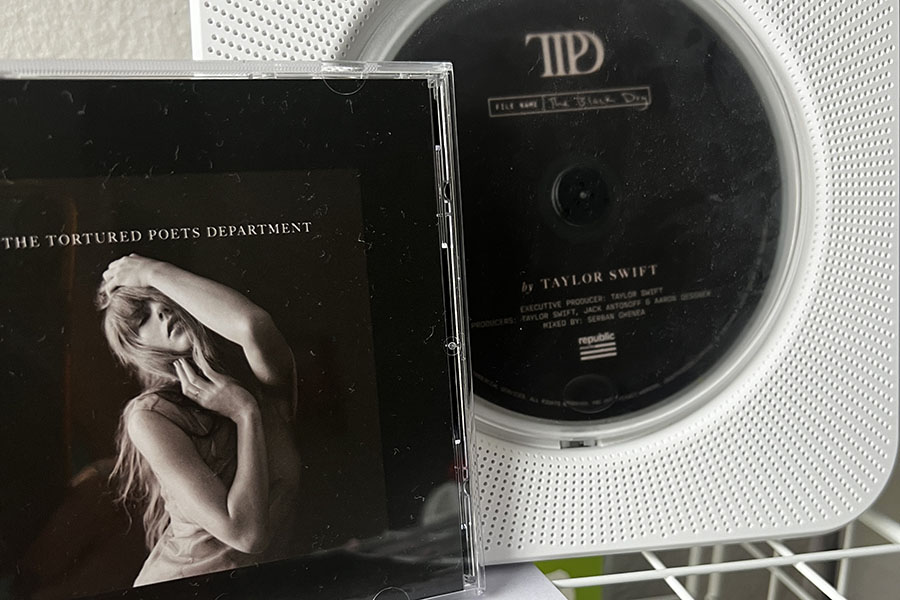















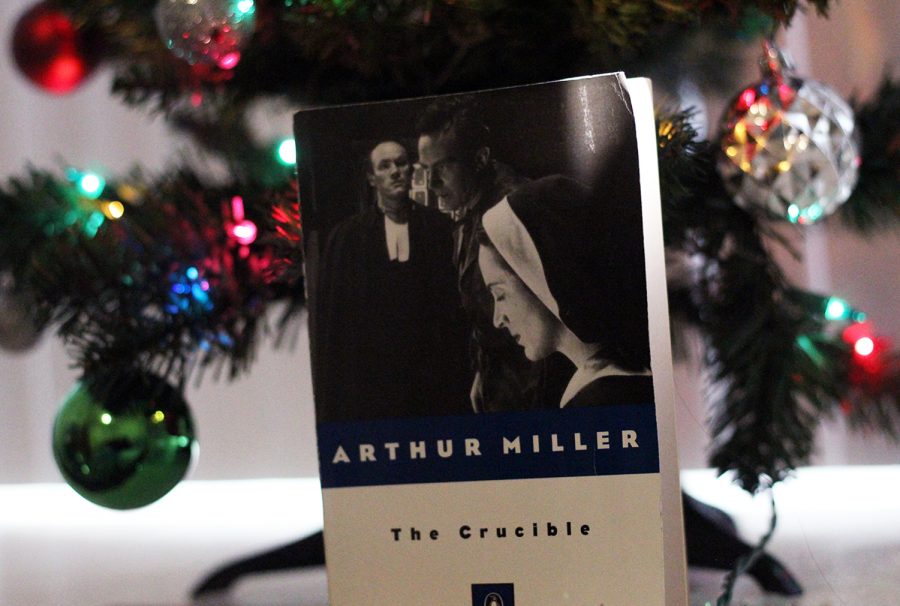








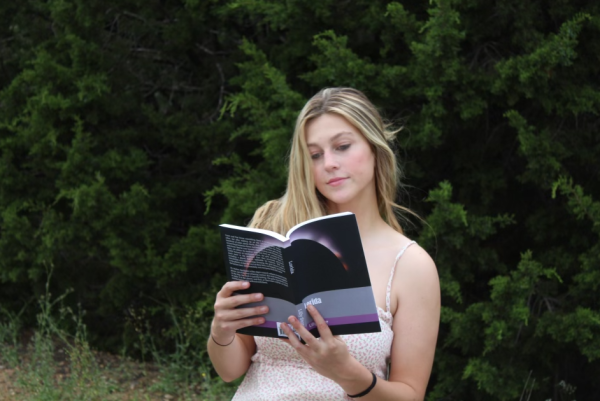













![Smiling for a picture, senior identical twins Ethan and Drew OConnor pose with a statue of a parrot mascot. The twins will both attend the University of Arkansas in the fall and major in business. “I didnt really mind going to different colleges, but we had the same [college] choices,” Ethan said. “We both liked Arkansas, and I dont mind him coming with me. If we cant get [a] rooming situation down, were just going to do a quad together. Which Im kind of down for a quad, because there is more room.” Photo courtesy of Drew O’Connor](https://cphswolfpack.com/wp-content/uploads/2024/05/IMG_7342-488x600.jpg)
![Standing on the drum major’s platform, senior twin sisters Abby and Courtney McDanald pose for a picture. This fall, Abby will attend the University of Texas at Austin to study nursing and Courtney will major in theater education at Stephen F. Austin University. “I was definitely sad about [attending different universities] because weve been so close,” Abby said. “Being that far away from someone for a long time will be hard. We didnt do it on purpose, we just wanted different things in schools. Its definitely sad, but I think itll make seeing her more special.” Photo courtesy of Abby McDanald](https://cphswolfpack.com/wp-content/uploads/2024/05/FullSizeRender-399x600.jpg)

